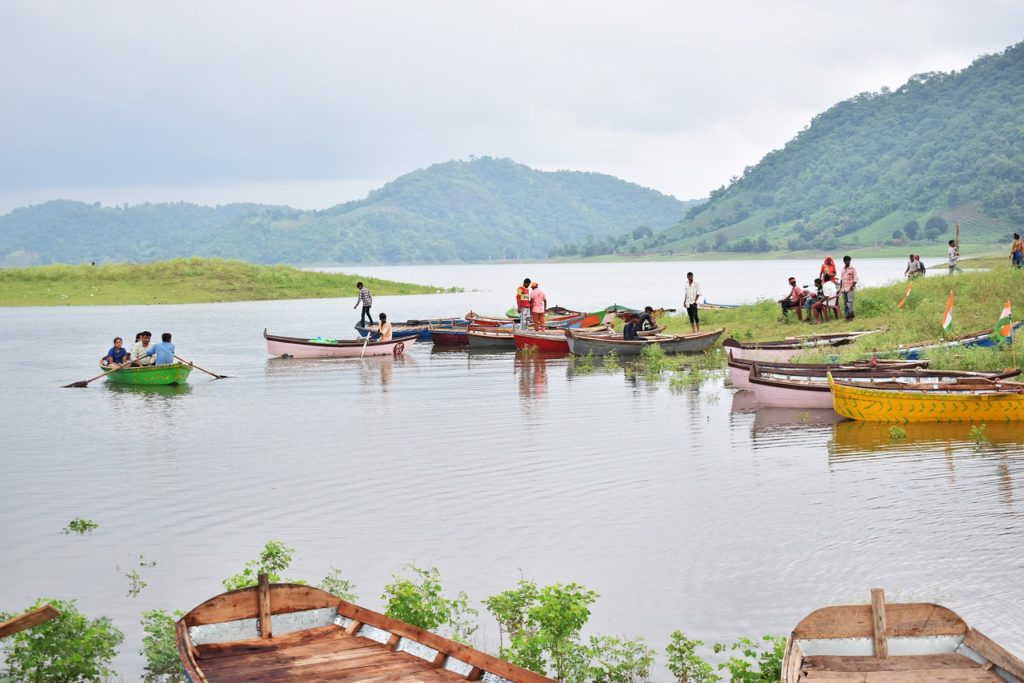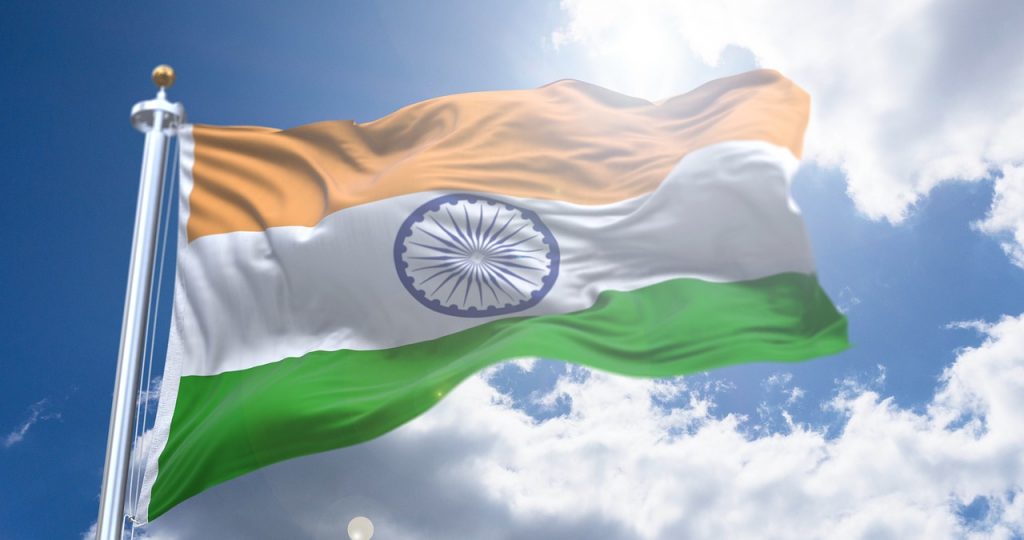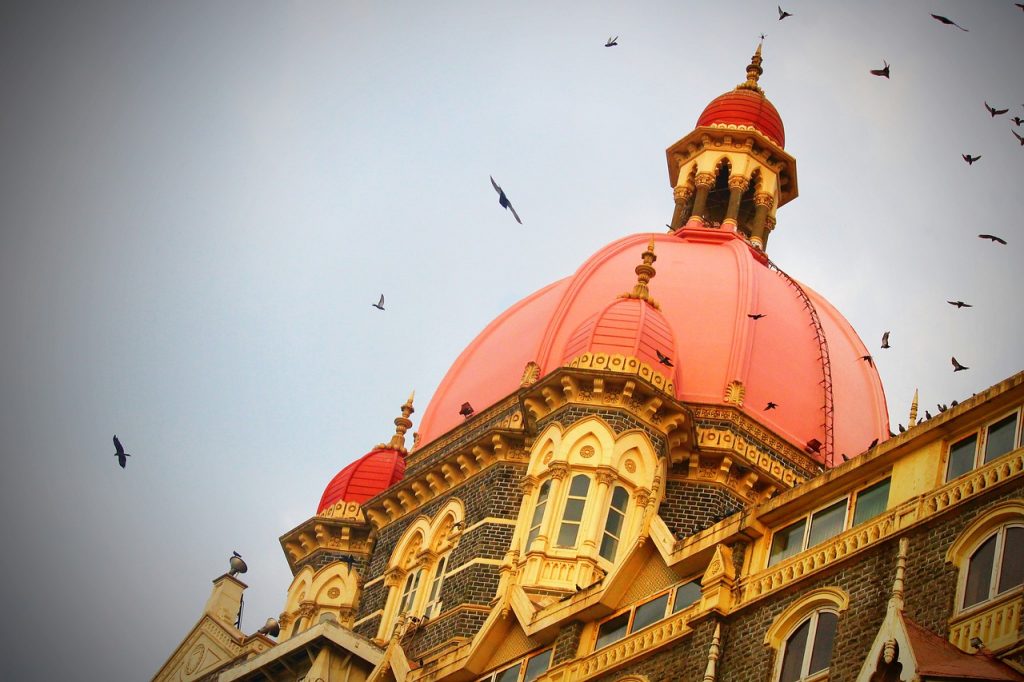On October 31, 2019, an Act by the Parliament of India, the Jammu and Kashmir Reorganization Act 2019, enacted provisions to reconstitute the state of Jammu and Kashmir into two union territories called Jammu and Kashmir and Ladakh.
On August 5, 2019, the Minister of Home Affairs, Amit Shah, introduced the bill for this Act in Rajya Sabha. The bill was passed on the same day, with a support of 125 members, and 61 members voting against the bill. On August 6, 2019, it was passed in the Lok Sabha with 370 members voting in favour and 70 voting against the bill. On August 9, 2019, the bill received the President’s approval.
What is the Jammu and Kashmir Reorganisation Act 2019?
The J&K Reorganization Act 2019 contains provisions for the reconstitution of the region of Kashmir, which has been a cause of dispute between India, Pakistan, and China since 1947. This Act includes 103 clauses, establishes 106 central laws and 7 amended state laws that are to be applicable to the UTs, revokes 153 state laws and Governor’s Acts, and abolishes the Jammu and Kashmir Legislative Council. The Act grants powers to the Central Government to pass executive orders in relation to Jammu and Kashmir and Ladakh. These orders have led to revoking or changing of more than 400 state and central laws related to these UTs.
The following table entails the differences in the governance and law and order of Jammu and Kashmir, before and after the Reorganization Act 2019.
| Before | After |
| Jammu and Kashmir consisted of 3 divisions, Jammu division, Kashmir division and Ladakh. Article 370 gave this state the power to have a different constitution, a state flag, and autonomy of internal administration. | Jammu and Kashmir consists of two Union Territories, namely Ladakh, which includes the districts of Leh and Kargil, and Jammu and Kashmir, which includes all other districts. |
| Legislative Council was the upper house and Legislative Assembly was the lower house, giving J&K a bicameral legislature. | Jammu and Kashmir has a Legislative Assembly and a Lieutenant Governor administers the UT of Ladakh. Thus J&K has a unicameral legislature. |
| The Legislative Assembly would introduce most legislation and pass bills which were sent to the Legislative Council for approval. The Legislative Council had the powers to send bills back to the Assembly for reconsideration or delay the approval of bills for up to 6 months. | The administration of J&K is as per Article 239A and the Legislative Assembly can formulate laws in all matters barring ‘public order’ and ‘police. |
| The Legislative Council had 2 sessions which could be convened anytime by the state governor. The Governor had powers to select 8 members to be nominated to the Legislative Council. | The Lieutenant Governor is authorized to appoint a Council of Ministers and a Chief Minister who will advise him in matters under the jurisdiction of the Legislative Assembly. 1 Lok Sabha seat is allocated to Ladakh while 5 are allocated to Jammu and Kashmir. |
| Any law enacted by the Parliament of India, except for that related to defence, communication or foreign policy, could not be extended in Jammu and Kashmir without approval of the state legislature. | Central government has the powers to pass executive orders in relation to Jammu and Kashmir and Ladakh. Due to these orders, more than 400 state and central laws related to these UTs have been revoked or changed. The High Court of Jammu and Kashmir and Ladakh serves as the common court for the two union territories. |
Prior to the introduction of the bill for the J&K Reorganization Act, there was a Presidential order that revoked the autonomy granted to Jammu and Kashmir by Article 370. Before that, the Central Government declared a lockdown in the Kashmir Valley, Section 144 was imposed, security was increased, and the Internet and phone services were blocked. The State was put under the Governor’s rule and then under the President’s rule.
Importance of the J&K Reorganization Act (2019)
As a result of the Reorganization Act, the two union territories came into existence on October 31, 2019. October 31 is also celebrated as National Unity Day and marks the birth anniversary of Sardar Vallabhai Patel.
As the Legislative Council was abolished by the Reorganization Act, Jammu and Kashmir has a unicameral legislature since the implementation of this act.
Before the Reorganization Act came into effect, the state of Jammu and Kashmir had the powers to define its permanent residents who were the only people privileged to buy land in the state, were allowed to vote in the elections and had the right to take up government jobs. However, with the revocation of Article 370 and the implementation of the Reorganization Act, people outside the state were allowed to buy property, take up jobs or even start business ventures in J&K.
Since the special status conferred to Jammu and Kashmir was revoked, laws and policies by the central government could be applied in the state. Following this, the centre introduced many developmental schemes in Jammu and Kashmir, leading to its infrastructural and economic growth.
Investors in India and abroad came forward to fund businesses, which gave a boost to various sectors like agriculture, horticulture, handicrafts and tourism, the main industries in J&K.
In the backdrop of the long history of turbulence and violence in the Muslim-majority areas of the Indian-administered region of J&K, the revocation of Article 370 and the passing of the Reorganization Act were crucial moves to restore peace in the valley and safeguard its people.



